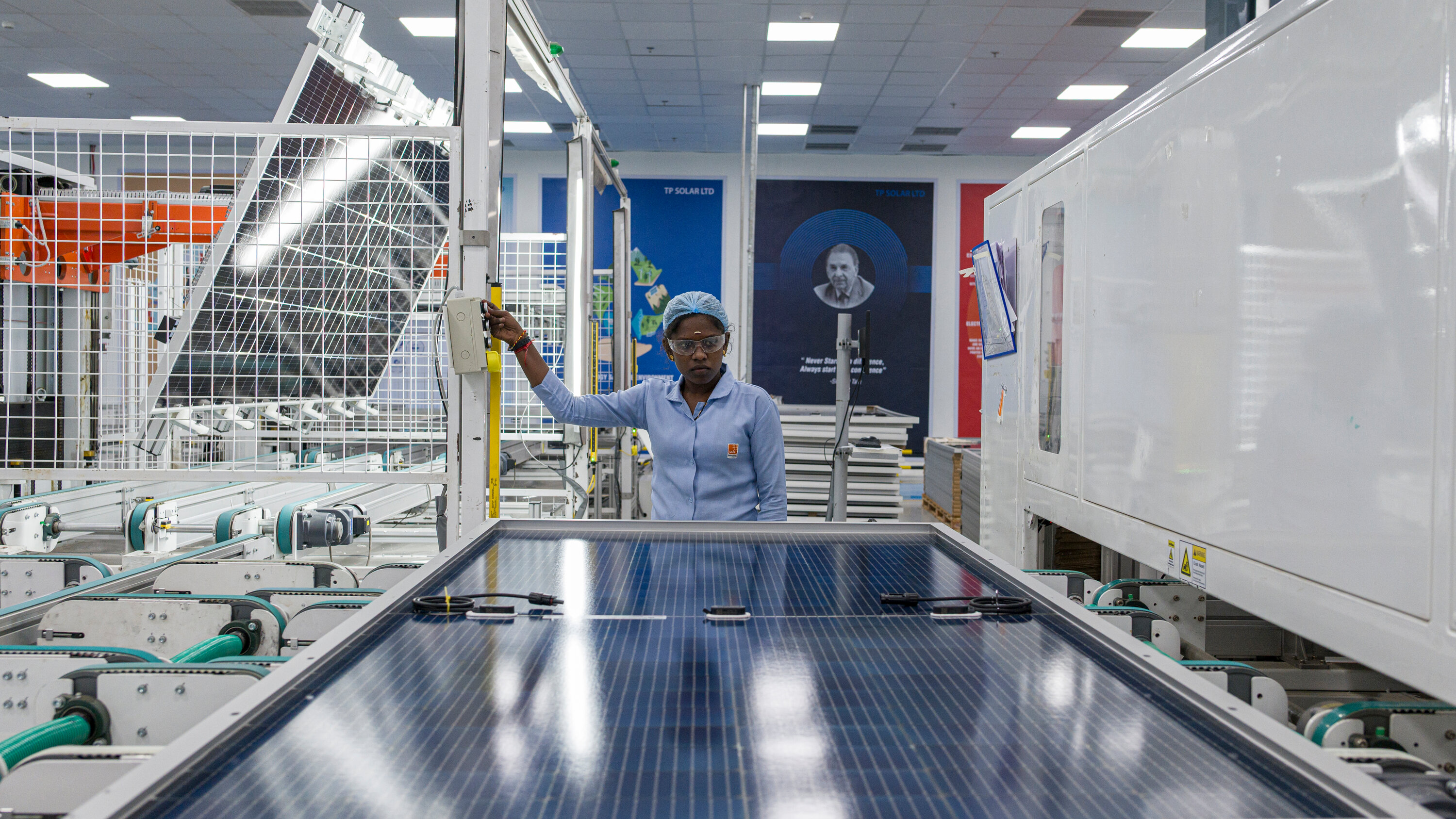Solar Revolution: India's Bold Bid to Become a Global Manufacturing Powerhouse

As global tensions rise over China's technological supremacy in solar and electric vehicle (EV) industries, India sees a golden opportunity to emerge as a formidable alternative manufacturing powerhouse. The Indian government is strategically investing billions to accelerate domestic production and reduce reliance on Chinese imports.
With international markets growing increasingly wary of China's dominance, India is positioning itself as an attractive alternative for solar panels and electric vehicles. Countries seeking to diversify their supply chains are looking favorably at India's potential, recognizing the strategic importance of reducing dependence on a single manufacturing giant.
However, India's journey is far from complete. Despite ambitious investments and policy initiatives, the country still lags significantly behind China in manufacturing capabilities, technological innovation, and production scale. The government's current efforts represent a critical first step, but substantial challenges remain in building a competitive industrial ecosystem.
India must overcome hurdles such as limited infrastructure, skill gaps, and the need for substantial technological upgrades. While the potential is promising, transforming into a global manufacturing hub will require sustained commitment, substantial investments, and a comprehensive strategy that addresses both short-term and long-term industrial development goals.
The next decade will be crucial in determining whether India can successfully leverage this geopolitical moment and establish itself as a credible alternative to Chinese manufacturing dominance in solar and electric vehicle sectors.
